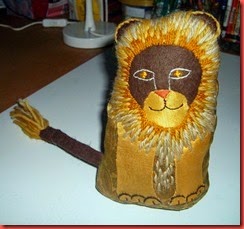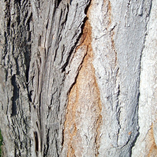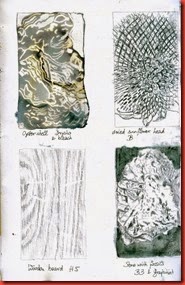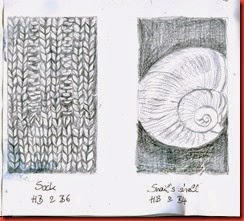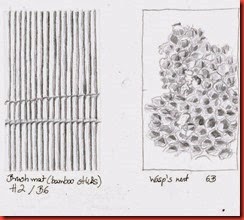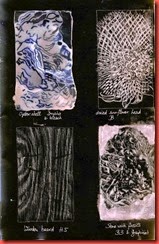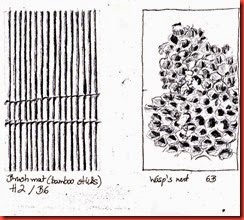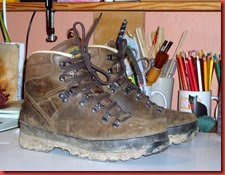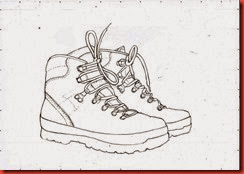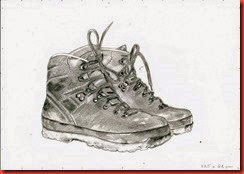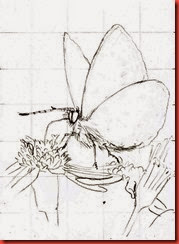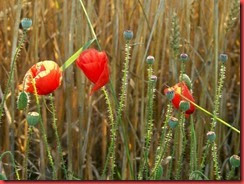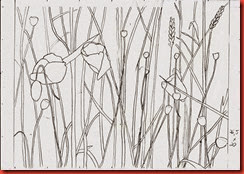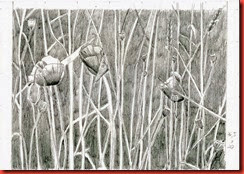4.3.1 Making wax rubbings
My sketchbook is size A4. Papers and media are indicated on the images.
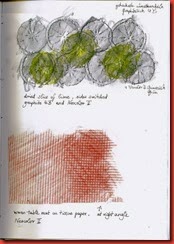 | The upper rubbing was done directly in the sketchbook. Although the paper is a little too thick for rubbing, the edges of the lime are well visible and make a nice pattern.
Most textiles were too soft to get a good rubbing. One exception was a woven table mat. Neocolor II was good to use with this finer texture, as it is less soft than the Jaxon oil pastels I used later on. |
| | |
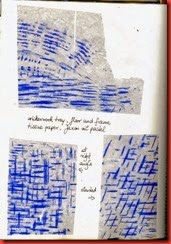 | A wickerwork try offered several opportunities. |
| | |
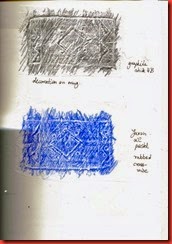 | My favourite earthenware mug in two media. The graphite stick renders the details differently, with more shades than the Jaxon crayon. |
| | |
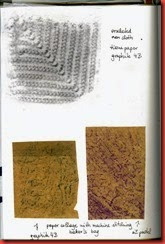 | Done with Jaxon, the rubbing of the oven cloth was a smear. But with the graphite it is quite distinct.
The two lower rubbings were taken from a paper made in Module 2. The graphite version renders the lines, the Jaxon version shows a combination of line and plane. |
| | |
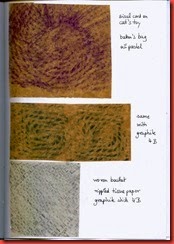 | Again a graphite and a Jaxon version.
The woven basket has a very fine texture, so I preferred the graphite stick for the rubbing.
|
| | |
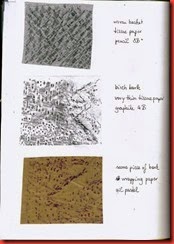 | The texture gets more dramatic with the 8B pencil.
I wish I had more of this very thin tissue paper. It is ideal for fine details. |
| | |
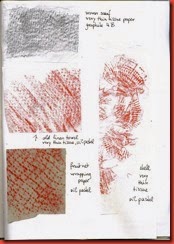 | Two more trials with textiles, done on the very thin paper, as well as the shell on the right. I wrapped the shell in the paper repeatedly to make the rubbing. |
|
|
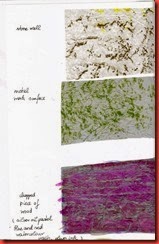 | For outside rubbings I raided my neighbour’s garden shed, as it had been raining for days and everything outside was soaking wet.
These rubbings were all done with Jaxon wax pastels and sturdier tissue papers. |
| | |
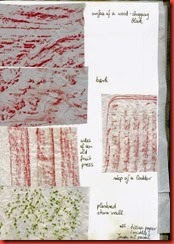 | I like the bark rubbing, the second down on the left, with the delicate traces tapering away from the strong marks. |
| | |
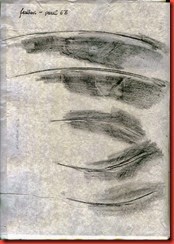 | The feathers have such a delicate texture that it can hardly be seen, although I tried several times. Yet I like this page. |
| | |
Extra activity: adding colour washes and making a collage design
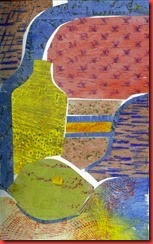 | The papers were coloured with washes of acrylic ink. The image appears rather pale on this page, the original is a lot more colourful and shows more contrast. |
| | |
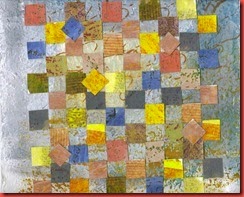 | The snippets are arranged on a paper from Module 3, prints and colour washes on woodchip wallpaper with a texture of its own. |
4.3.2 Looking for texture
For many years I have collected photographs and filed them in theme folders like stones, trees, houses, sky and so on, but also colours, lines – and textures. It seems there remain a lot more texture images to be collected!
4.3.3 Drawing texture
Some of the textured objects I used for my drawings (except the white shirt):
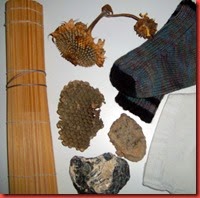
The first page of the drawings was done on a sheet in my sketchbook which I had coated with gesso, so the surface is a bit grainy. Except for the oyster shell I used pencils, as indicated below the drawings.
Finally: A little relaxation
The painter Mary Fedden (I cannot thank Viv enough for drawing my attention to her!) used to make little soft lions for the babies born to her family and friends. They are so lovely that I decided to try one for the new born daughter of a friend. It was so relaxing to sit back and stitch for a change! It was also a chance to finger much-loved old textiles again and turn them into something nice. This won’t be my last lion – my little grand niece will get one, too.
